Green thumb: landscape architect Enzo Enea on bringing mysticism to Miami’s waterfront
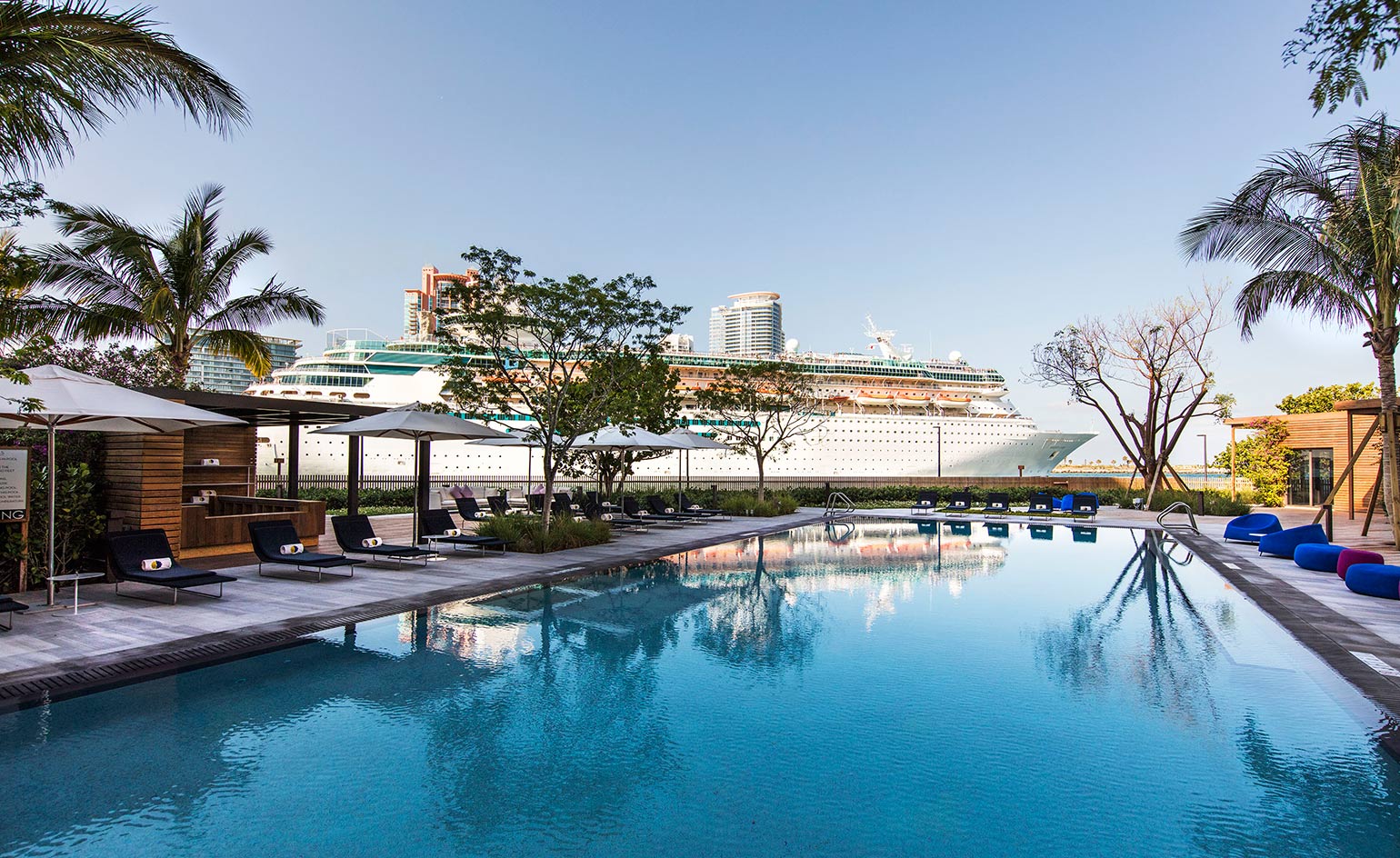
From his first job working on the landscaping of Hawaii’s Sheraton Hotel in the 1990s, Enzo Enea has been refining his craft. So much so that the Swiss-based founder and CEO of Enea Landscape Architecture is, these days, the go-to guy for creating lush green spaces that combine head-turning showmanship with a nuanced eye for balance and intimacy.
These are particularly busy times for Enea’s practice especially in Miami where his name is on the hoardings of a clutch of bold-faced projects including Enrique Norten’s One Ocean, Arquitectonica’s Oceana Bal Harbour, Zaha Hadid’s One Thousand Museum, OMA’s Park Grove and Isay Weinfeld’s Fasano Residences + Hotel Miami Beach.
He recently completed work on the 43-residence condominium Palazzo del Sol, a palatial community on Fisher Island’s last prime waterfront development site, whose 10ft high floor-to-ceiling windows look out over the Atlantic Ocean, South Beach and downtown Miami.
We took the opportunity to pin the landscape architect down to find out more...
Wallpaper*: What was the brief for the Palazzo del Sol, and how did you interpret it?
Enzo Enea: Two years ago, we were approached by Fisher Island Holdings to develop a landscape concept for the outdoor spaces of Palazzo del Sol. The brief was to create a completely new concept of outdoor living, by maximising the use of the exterior areas and making the outdoors an extension of the interior spaces of the Palazzo del Sol building.
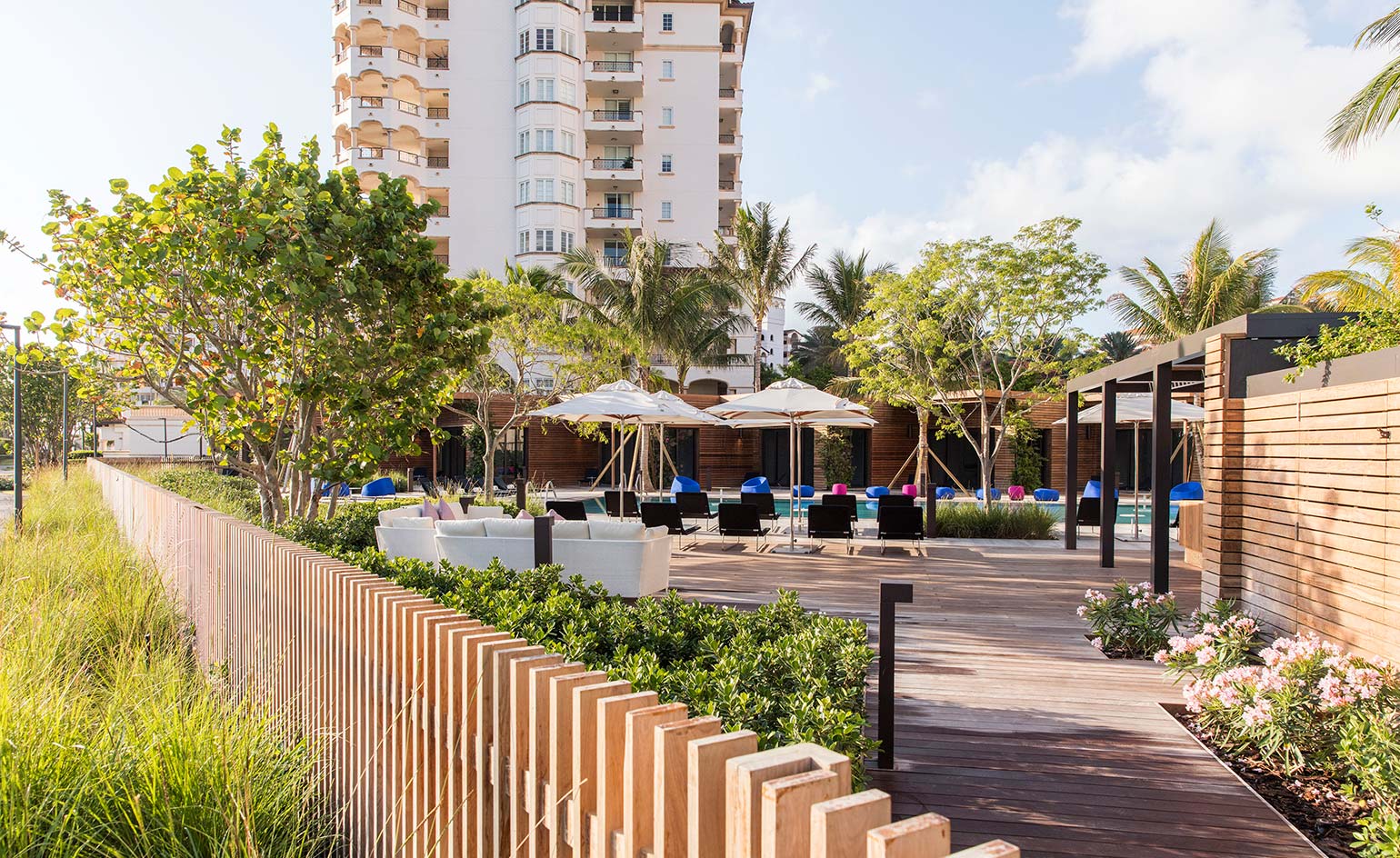
Enea worked with Miami's specific micro-climate in order to create a design that would feel at home in the city
In a tropical climate like Miami’s where temperatures can exceed 40°C, such a requirement requires careful study to create a micro-climate that would allow the families to really enjoy the outdoors. We were inspired by the idea of indoor and outdoor connectivity, but the view of the water was key. It’s why we changed the position of the cabanas to face the water and open up views by strategically placing trees and palms away from those views.
W*: What was the most challenging aspect of the project and how did you resolve it?
EE: The project was already under construction before we were involved, so that made the design process atypical. It was a challenge to catch up. As there was no pause in the construction schedule, we had to provide a concept design that was not only fresh, but feasible in terms of constructibility. We had to work efficiently to build trust and bring value to the project. Happily, the client was very open to the bold moves we proposed.
W*: Which part of the project are you proudest of?
EE: The most notable part of the gardens is the arrival and porte-cochère drop-off, and the pool deck that overlooks the waters of Government Cut and South Point Park. We designed architectural elements draped with flowering vines to make the space more green and fresh. The design weaves the natural paving materials with varying textures and shades of green to make a natural but manicured landscape.
W*: What is your assessment of the state of landscape architecture today?
EE: Landscape architecture is fundamentally about designing our future environment and producing remarkable transformations. It is a combination of science, engineering, biology and art, and it is more complex than most people can think. It is hard to think of another profession that has accomplished so much for society.
W*: What are some pitfalls that young practitioners starting out in the business should be aware of?
EE: It is important to be practical. Pushing the envelope in design is a given; however, it is important not to lose sight of the goal of the projects, and to respect the client’s budget.
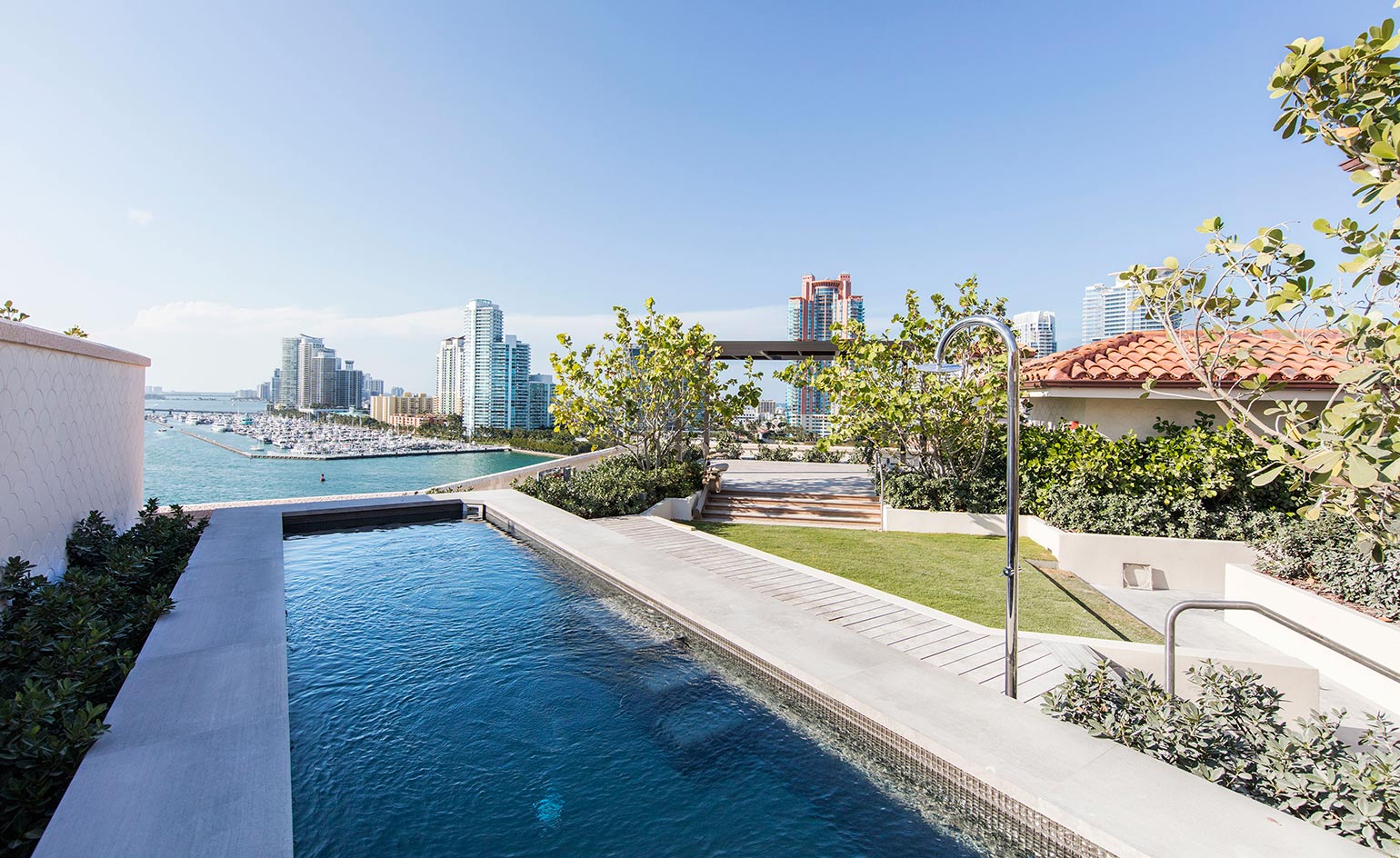
Water views were key, so the architect worked towards opening up views to the sea
W*: What, in your view, are some common mistakes made by landscape architects?
EE: Not integrating the landscape design with the building architecture and the place. The landscape architect must be aware of the surroundings, the climate, the plant-hardiness zones, the style of the architecture. It’s not about decorating, but integrating.
W*: Who do you think is doing great work in your field these days?
EE: An important scope of landscape architecture is to generate value to a place. A good example is the High Line in New York. By activating this space, every developer building around Manhattan’s West Side has profited. London’s Hyde Park is another example for how important landscape is in a city.
W*: Who has influenced or inspired you?
EE: My personal design philosophy has its roots in my childhood in Italy. The summers I spent on my grandfather’s farm rooted in me the mystical properties of nature. He was part of a long line of Italian stonemasons, and my father carried on this tradition with a stone and terracotta garden decoration business. As a child, I helped my grandfather with his fountain building and, in the process, came to appreciate the importance of stone and water in the garden as calming, therapeutic elements. In 1990, I went into the business of landscape design, when I joined my father. That early exposure to the hands-on, construction aspect of the garden trade, as well its financial facets, influenced how my company was developed, and how it runs today.
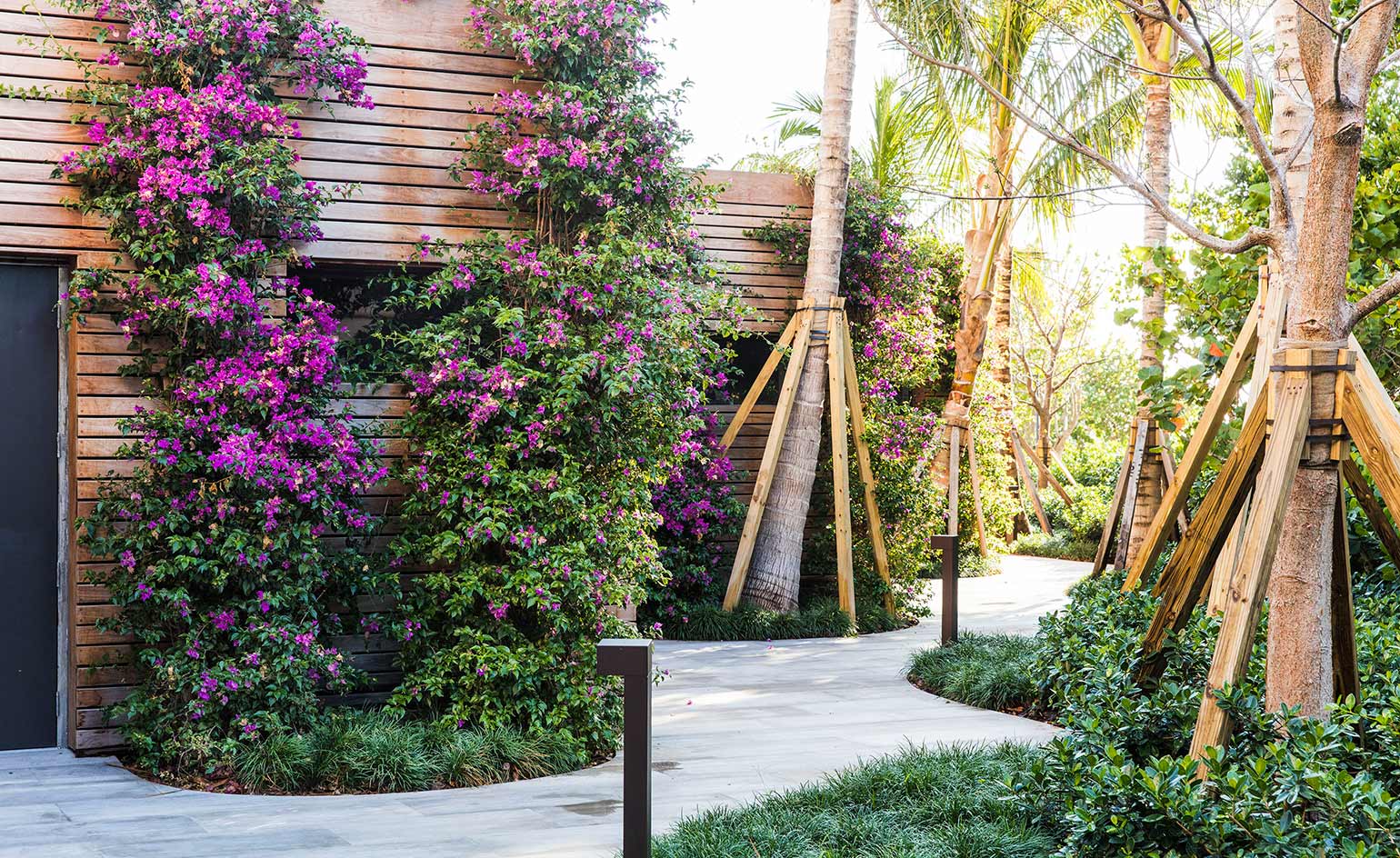
For Palazzo del Sol, Enea aimed to make the external areas an extension of the interior spaces
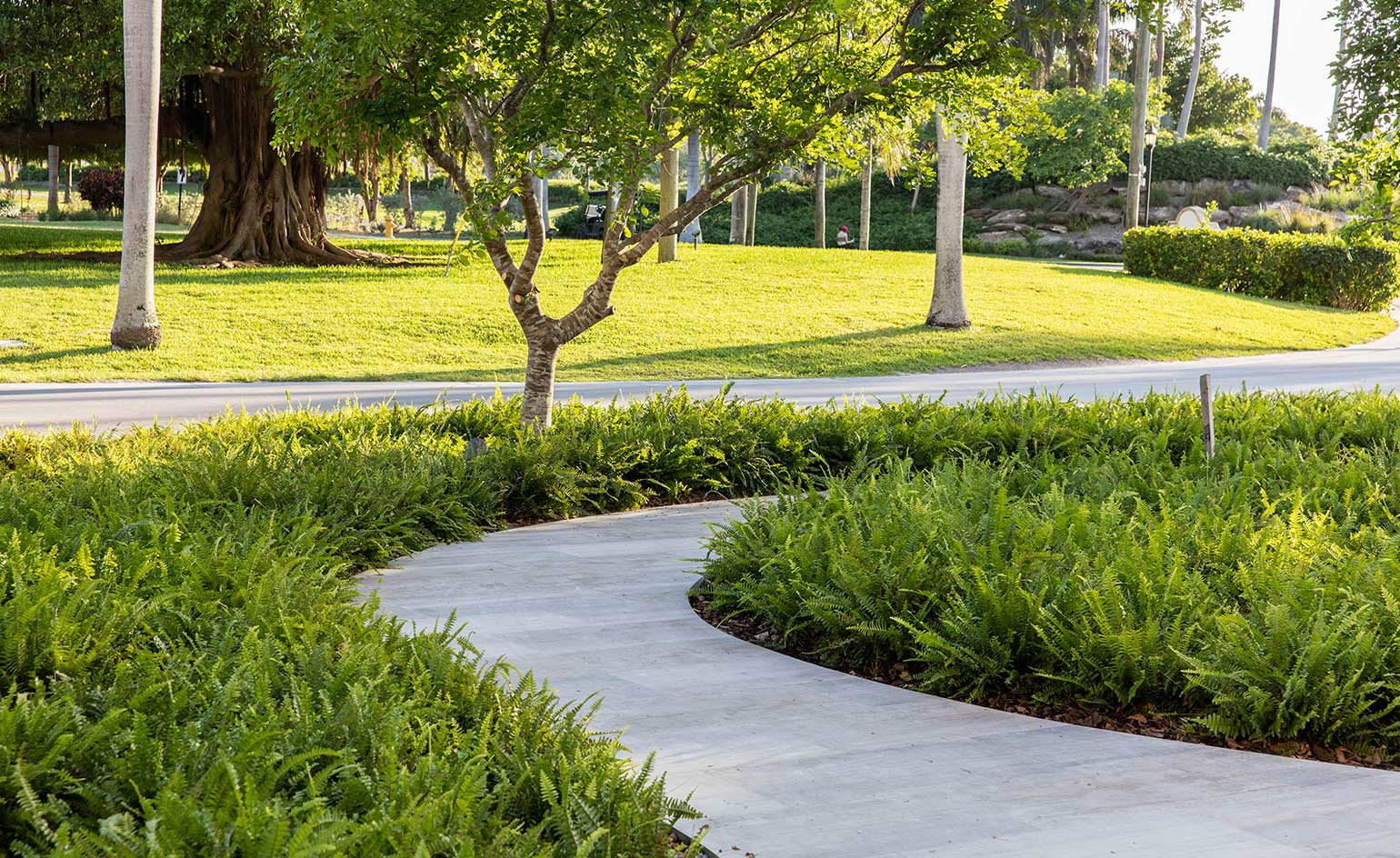
The design weaves the natural with the man-made, integrating landscape and architecture
INFORMATION
For more information visit Enzo Enea's website
Receive our daily digest of inspiration, escapism and design stories from around the world direct to your inbox.
Daven Wu is the Singapore Editor at Wallpaper*. A former corporate lawyer, he has been covering Singapore and the neighbouring South-East Asian region since 1999, writing extensively about architecture, design, and travel for both the magazine and website. He is also the City Editor for the Phaidon Wallpaper* City Guide to Singapore.
-
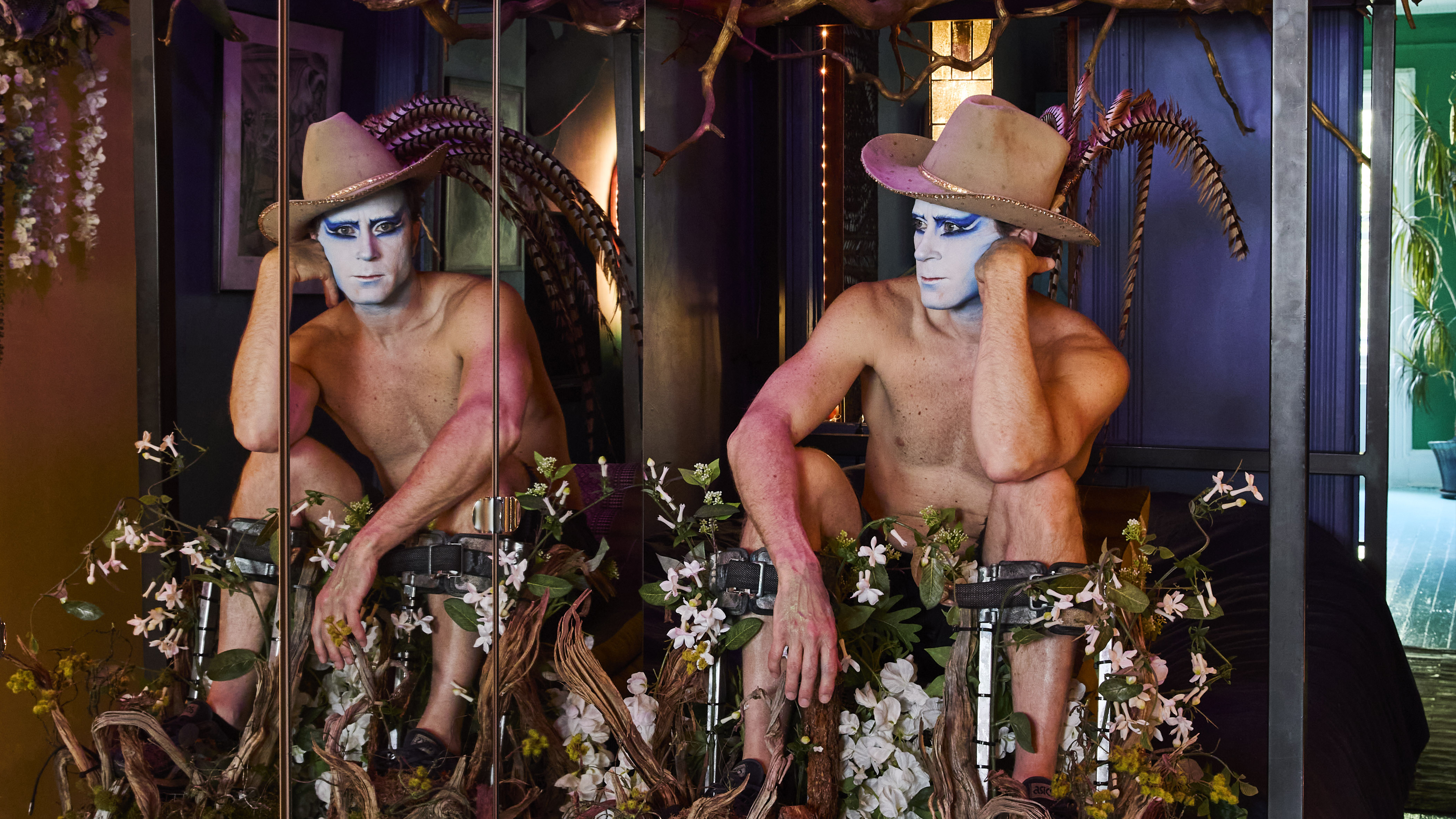 Inside the fantastical world of performance artist, Darrell Thorne
Inside the fantastical world of performance artist, Darrell ThornePerformance artist Darrell Thorne straddles multiple worlds, telling stories through transformation, reinvention and theatrical excess
-
 Mostly armless: life with the Roborock Saros S70 and taking a (shallow) step into the future
Mostly armless: life with the Roborock Saros S70 and taking a (shallow) step into the futureThe arm-equipped Roborock Saros Z70 robot vacuum dusts, mops and even cleans up your messy household. So why did it feel like adding a demanding new family member?
-
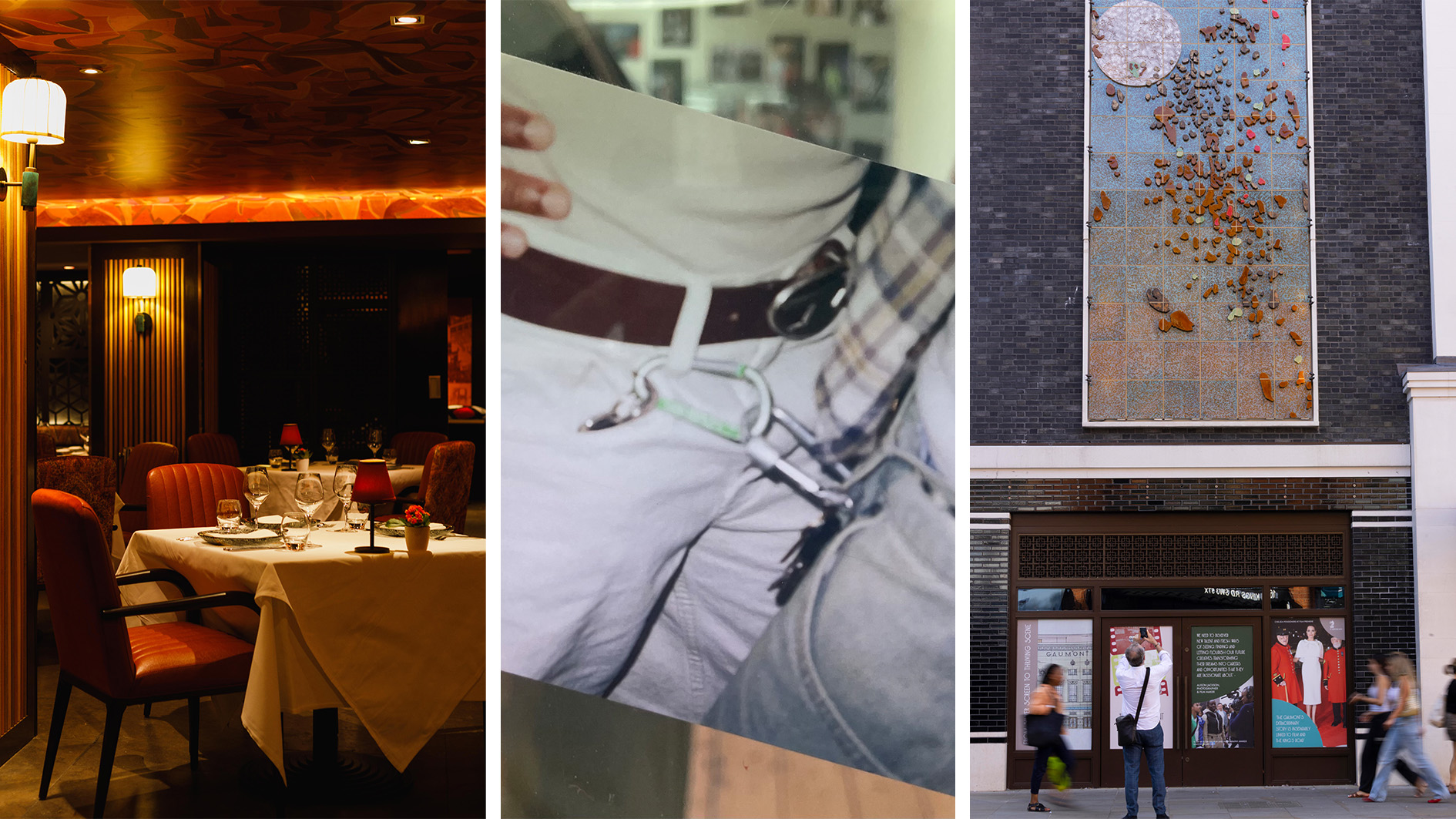 Out of office: the Wallpaper* editors’ picks of the week
Out of office: the Wallpaper* editors’ picks of the weekSummer holidays are here, with Wallpaper* editors jetting off to some exceptional destinations, including highly recommended Mérida in Mexico. Then it’s back to work, or, for one editor, back to school…
-
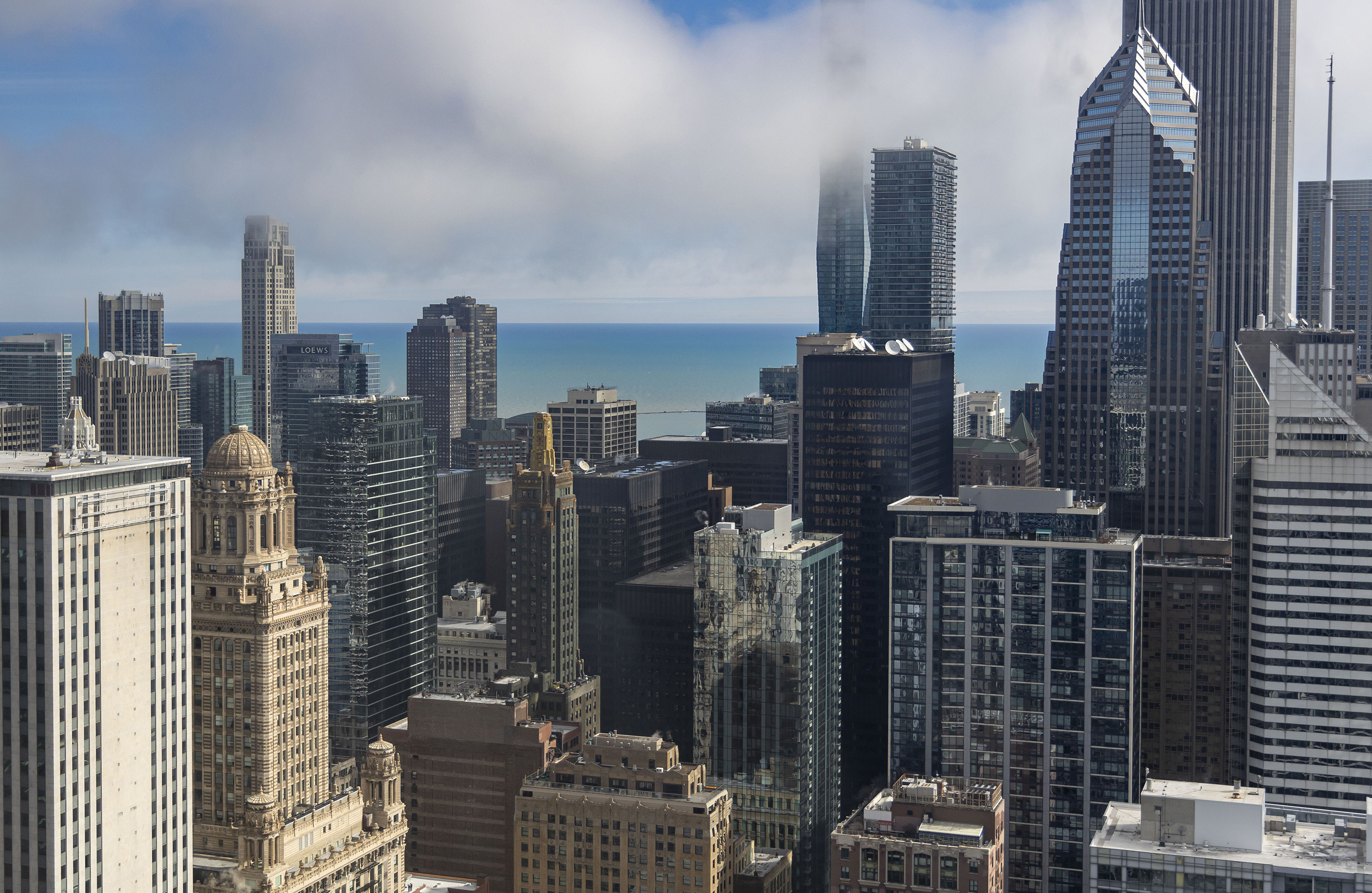 Florencia Rodriguez on the importance of curiosity, criticism and cultural freedom
Florencia Rodriguez on the importance of curiosity, criticism and cultural freedomFlorencia Rodriguez, architect, writer and artistic director of this year’s Chicago Architecture Biennial, comments on the state of the States
-
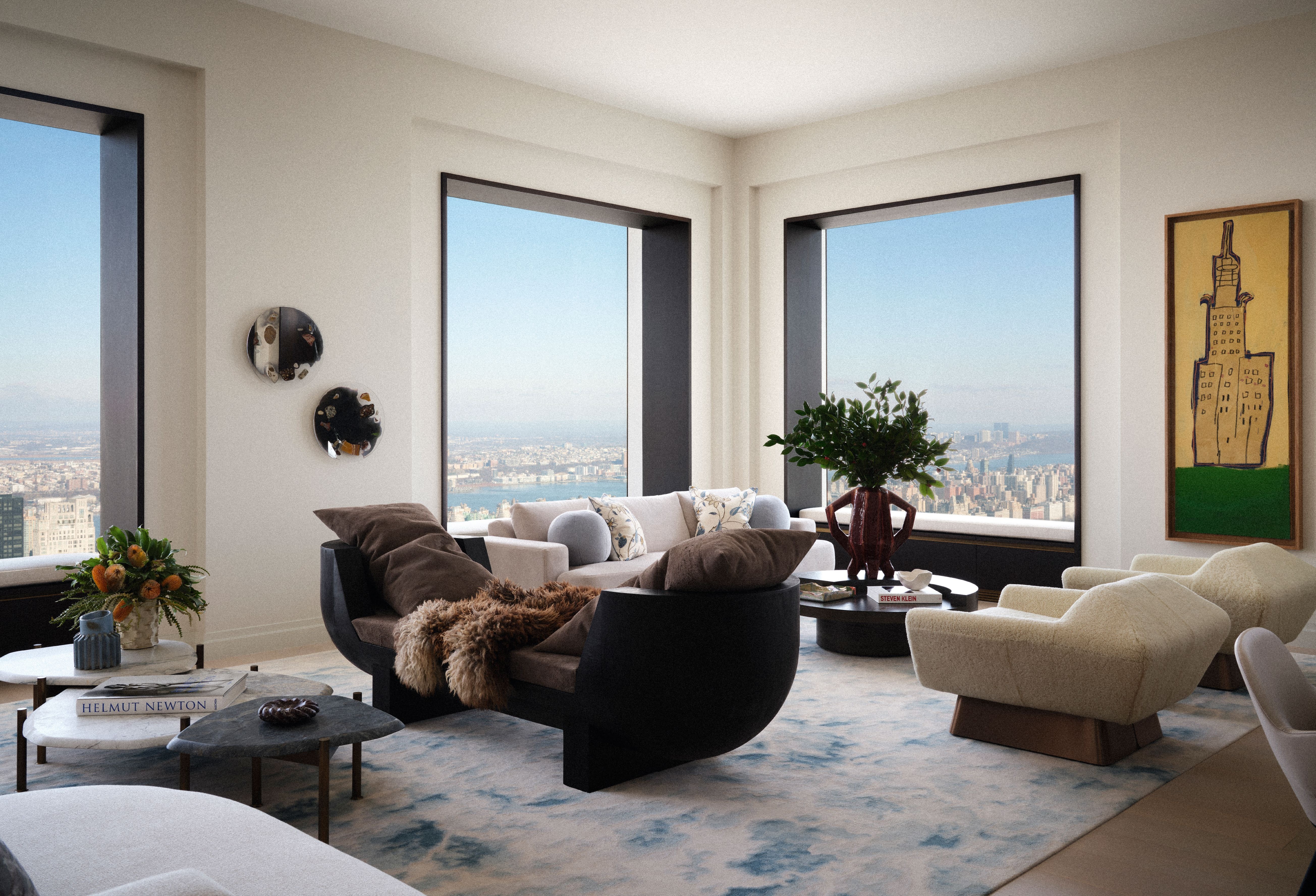 A 432 Park Avenue apartment is an art-filled family home among the clouds
A 432 Park Avenue apartment is an art-filled family home among the cloudsAt 432 Park Avenue, inside and outside compete for starring roles; welcome to a skyscraping, art-filled apartment in Midtown Manhattan
-
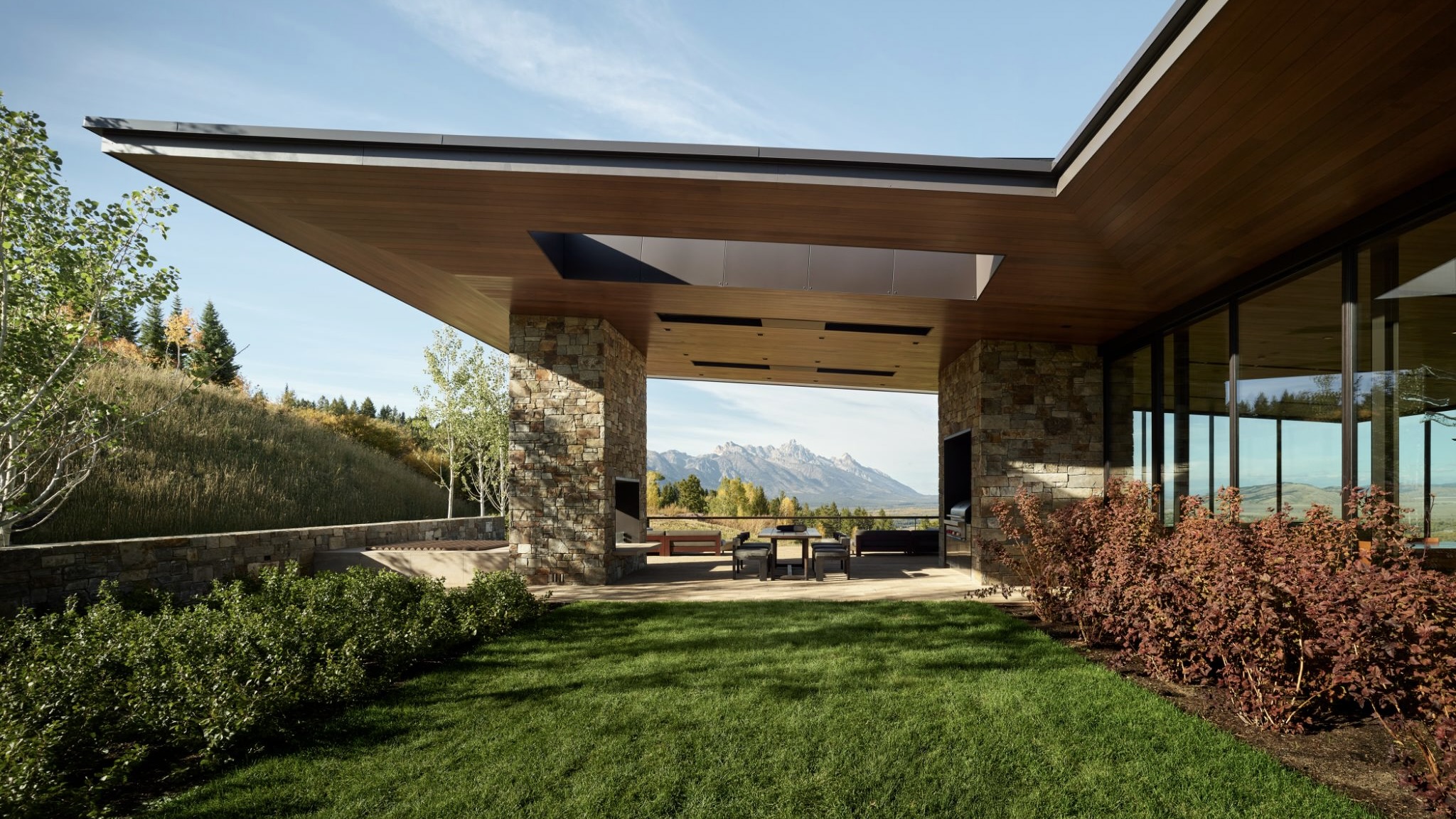 Discover this sleek-but-warm sanctuary in the heart of the Wyoming wilds
Discover this sleek-but-warm sanctuary in the heart of the Wyoming wildsThis glorious wood-and-stone residence never misses a chance to show off the stirring landscape it calls home
-
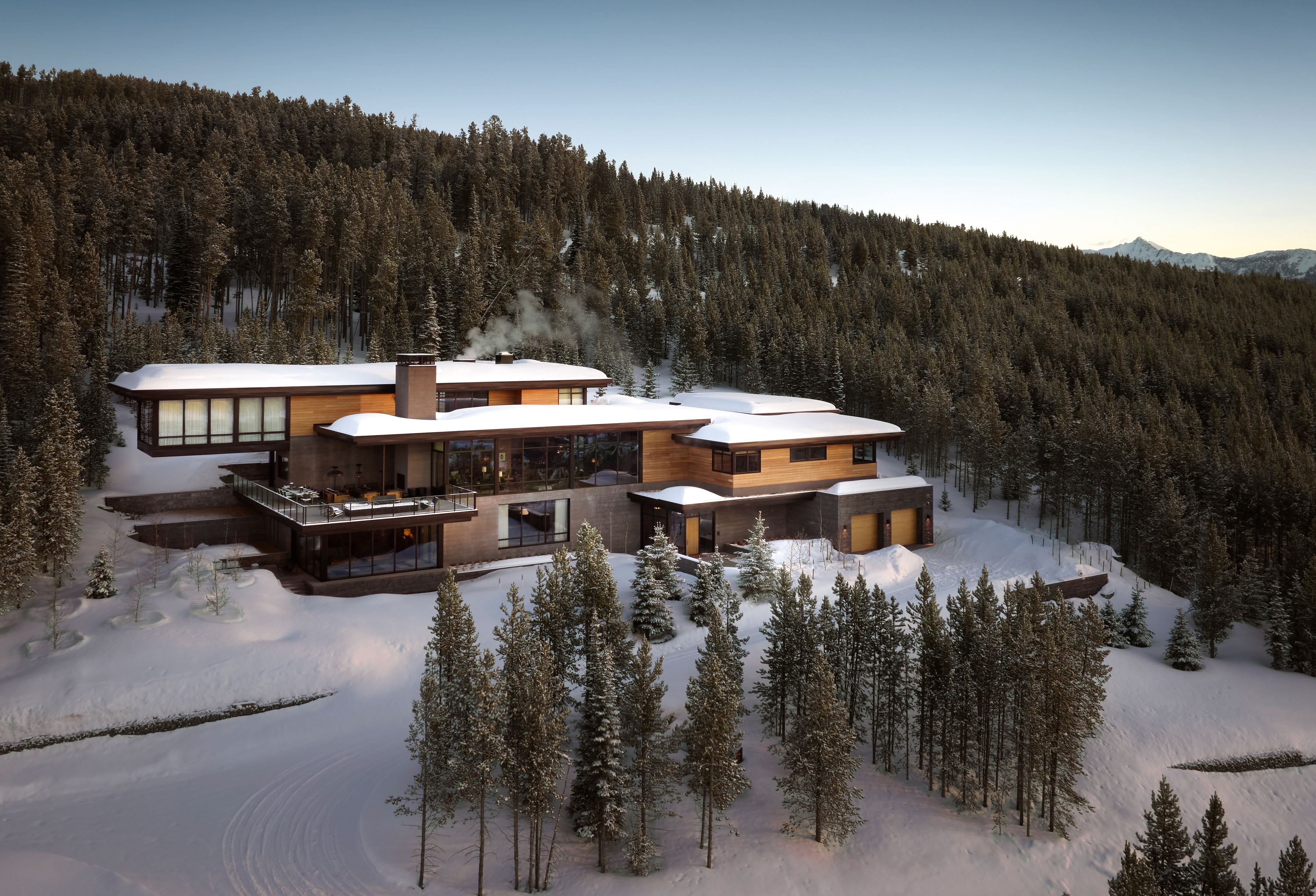 Inside a Montana house, putting the American West's landscape at its heart
Inside a Montana house, putting the American West's landscape at its heartA holiday house in the Montana mountains, designed by Walker Warner Architects and Gachot Studios, scales new heights to create a fresh perspective on communing with the natural landscape
-
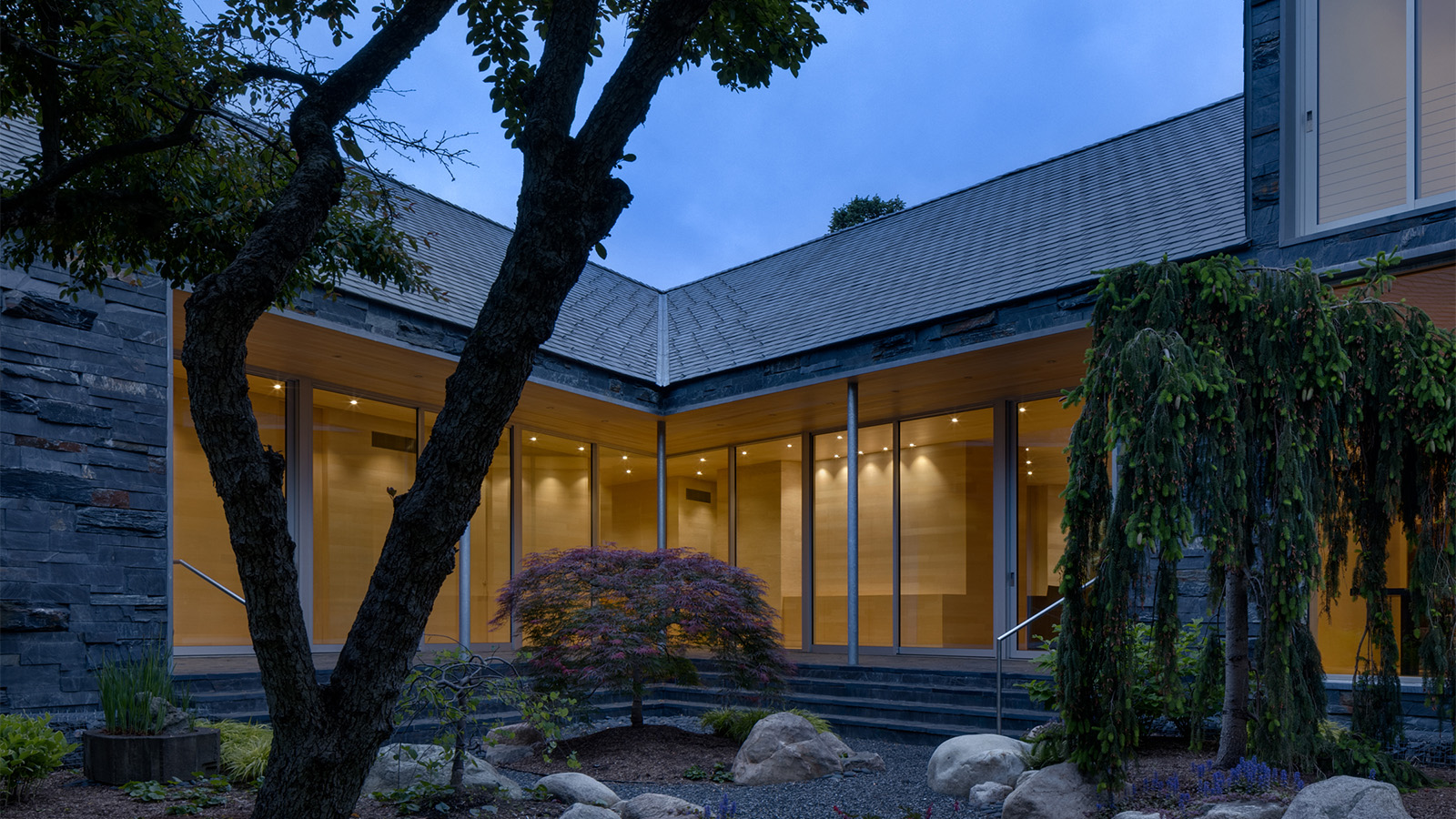 Peel back this Michigan lakeside house’s cool slate exterior to reveal a warm wooden home
Peel back this Michigan lakeside house’s cool slate exterior to reveal a warm wooden homeIn Detroit, Michigan, this lakeside house, a Y-shaped home by Disbrow Iannuzzi Architects, creates a soft balance between darkness and light through its minimalist materiality
-
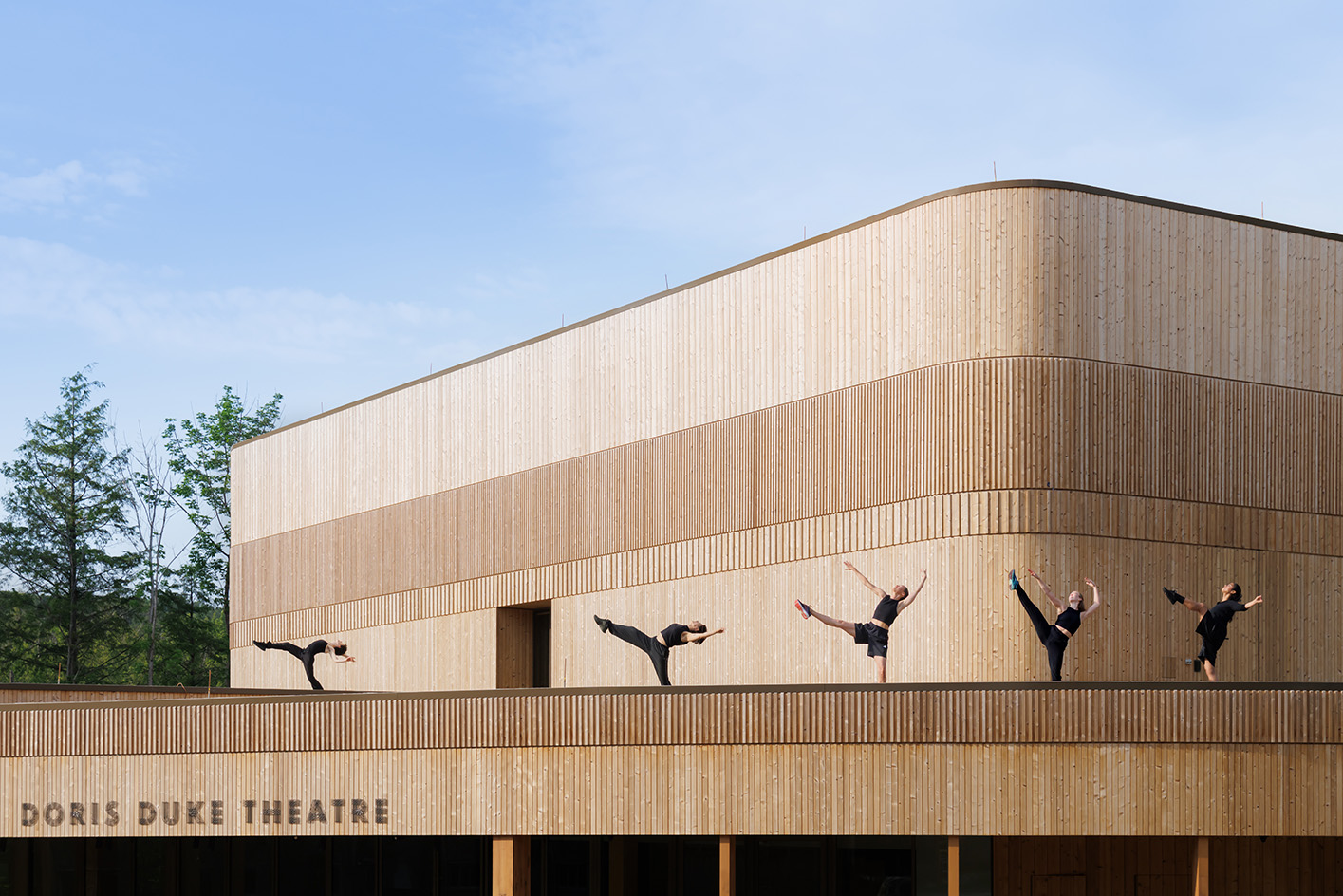 Inside the new theatre at Jacob’s Pillow and its ‘magic box’, part of a pioneering complex designed for dance
Inside the new theatre at Jacob’s Pillow and its ‘magic box’, part of a pioneering complex designed for danceJacob’s Pillow welcomes the reborn Doris Duke Theatre by Mecanoo, a new space that has just opened in the beloved Berkshires cultural hub for the summer season
-
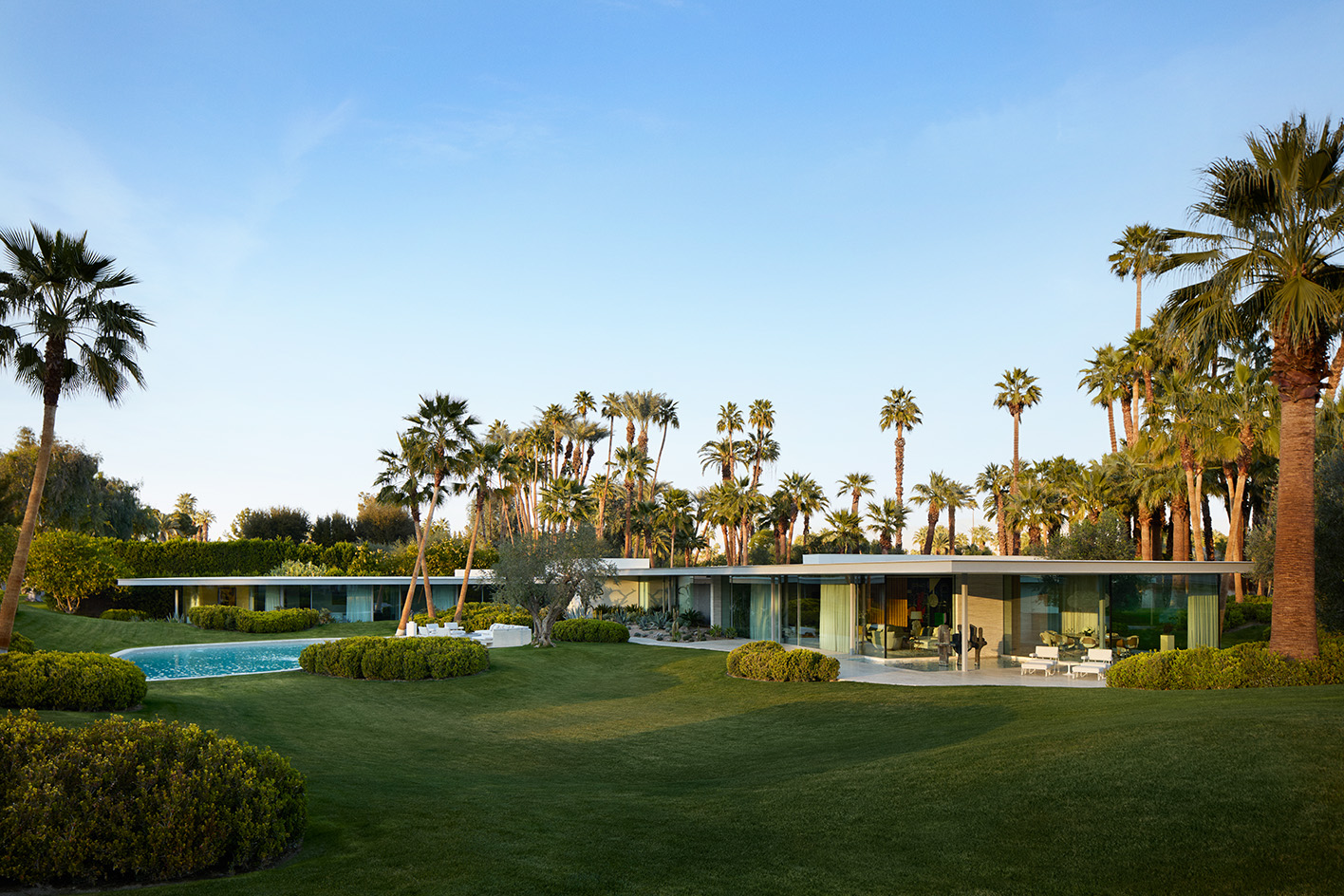 A Rancho Mirage home is in tune with its location and its architect-owners’ passions
A Rancho Mirage home is in tune with its location and its architect-owners’ passionsArchitect Steven Harris and his collaborator and husband, designer Lucien Rees Roberts, have built a home in Rancho Mirage, surrounded by some of America’s most iconic midcentury modern works; they invited us on a tour
-
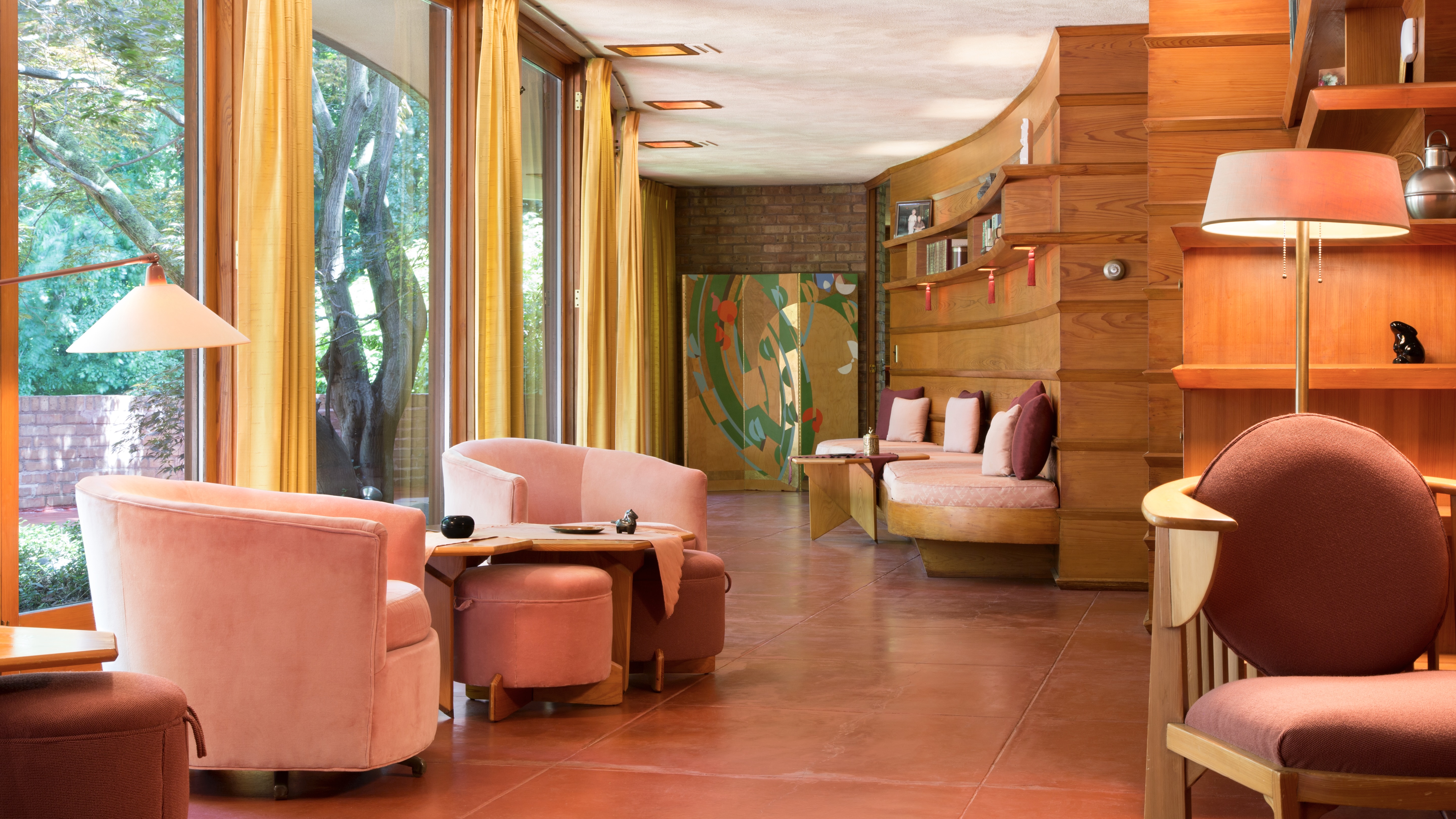 Inside Frank Lloyd Wright’s Laurent House – a project built with accessibility at its heart
Inside Frank Lloyd Wright’s Laurent House – a project built with accessibility at its heartThe dwelling, which you can visit in Illinois, is a classic example of Wright’s Usonian architecture, and was also built for a client with a disability long before accessibility was widely considered